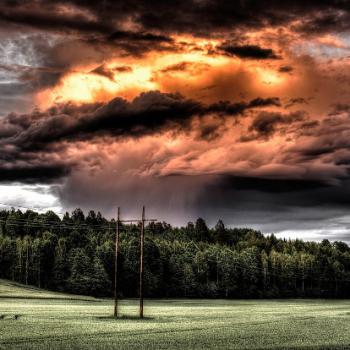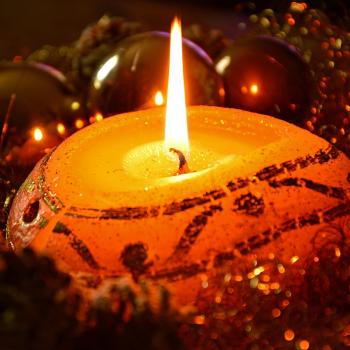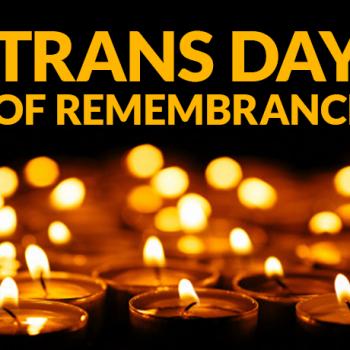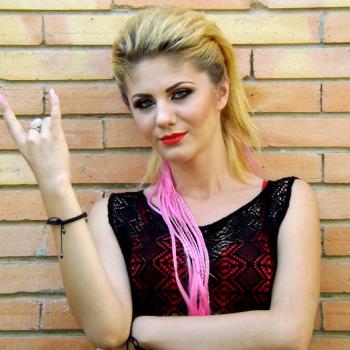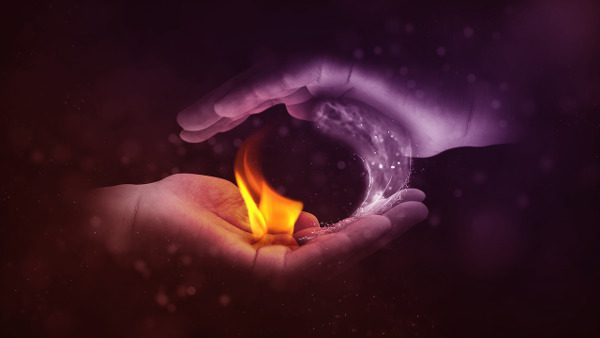
“The future is not just female; it is intersectional.”
As I posted the other day on why the “maiden-mother-crone” model is lacking and on the problematic nature of objectification and hypersexualization of women in the craft and in occult traditions, I’ve been touching repeatedly on a particular issue which deserves its own blog post, and it’s that in regards to gender roles and gender polarity itself. What has been traditionally thought of “female” and “male” roles within various traditional craft circles is entirely too rigid. When it comes to issues such as feminism, non-binary and transgender participants, and everyone’s individual ability to partake of many different energies and tasks, there’s no reason to be so restrictive in regards to “male” and “female”.
There’s plenty of historic precedent behind it, too. As someone who is a cis woman–assigned female at birth and identifies as such–and has been a priestess of Apollo for several years, I’ve never understood the whole “only women must invoke goddesses, and only men gods” nonsense. After all, in ancient times women were frequently possessed by Apollo as sibyls and in formal oracular roles such as the Pythia at Delphi. Why must the vessel’s gender identity match the deity’s?
The gods themselves weren’t even binary. Every time I hear people segregate in speech and writing deities into “gods and goddesses”, I twitch. There’s no need to spell out “goddesses” like they exist as some weird “separate but equal” category of deity, and there are quite a number of deities who either have no gender, are genderfluid, or could be considered to be both or either gender. Hermaphroditos and Phanes are two excellent examples in the Greek pantheon alone, plus there are a number of examples in the Hindu pantheon as well as others. In addition, there are countless tales in the Greek, Norse, and other pantheons of gods changing from one gender to another on a whim. So why are we still pretending the gods themselves are rigid standards of binary?
And why are we more backwards on gender issues than the ancients? Turning to the Sumerians, we have the goddess Inanna, who was associated with genderfluidity: “To turn a man into a woman and a woman into a man are yours, Inana.” Thousands of years later, we still have people arguing about male and female roles in the craft like it’s still the 1950s and we’re telling women to go back into the kitchen and informing men that staying home and taking care of children isn’t a task they should be doing and that showing emotions is a “woman thing”. Shouldn’t we have evolved well beyond this by now? Also, please note to people who are distributing this meme: this is not a transgender matter, it’s about genderfluidity. Trans men are not “women turned into men” and trans women are not “men turned into women”, and to pass around the quote on Inanna on this and say that it refers to transgender matters is inaccurate. The attempt to lend support is good and I know that comes from a good place–and I’m sure it’s appreciated–but we can do better. For both cis and trans people, to reduce us to our bits reduces us all. We are all more than just that.
Feminists: you cannot claim that we women are more than our bits and try to deny others their femininity due to theirs (or lack thereof). We are more than our wombs, whether their absence is by surgery or from birth. Men: you are more than your bits, too. If size jokes have ever bothered you, imagine how men who are transgender react. Let’s stop pretending that they have far more importance than they do. Forcing gender into the binary–especially by our sex organs–is a tool of the patriarchy that harms all genders. Trans men are men. Trans women are women. End of.
And none of our anatomical parts are required within any circle, spiritual or magical, in order to wield any particular tool or perform any specific magical act. All of us regardless of whether or not we are cis or trans contain within us a mixture of different energies, whether they are “male”, “female”, or “other”. I find strict gender roles in circle about as silly as pink razors for women. It’s still the same razor as men; they just made it pink and more expensive in order to market it to women. Why? And for the record, I hate pink.
It’s inane. And so are antiquated ideas on our sex organs having anything to do with our magic and/or spirituality. In the end, people should gravitate to their own strengths and dance to the beat of their own drum. If that includes traditionally “female” or “male” roles and energies, so be it. People are still well and entitled to having their own insular mysteries on the union of male and female in whatever they want to strictly define those things as. But why shouldn’t a man who has a female patron deity, regardless of whether he is cis or trans, be prohibited from drawing down that very deity and embodying her as her priest?
Why are we still forcing coded tools, gendered deities, and strict gender roles onto people based on either their gender identity or bits? And why does anyone still care which ones initiate who within that scope? Gender shouldn’t impact initiation either, let alone anything else. I can’t even imagine why in the world same sex initiation would continue to bother anyone. Fertility encompasses more than just the potential of making a baby; we need to expand our perception of it beyond gender.
This goes beyond cis and trans, beyond feminism–and yet these issues remain important too, and we can continue to fight for all of them simultaneously. We can have trans men in male roles, trans women in female roles, celebrate and honor fertility within those roles, and address gender issues when we see them. And at the same time, we can continue to reexamine these roles on that whole and what we think of as being them to begin with.
After all, it doesn’t matter in the end who is holding the chalice and who is wielding the athame; the results are the same. I have seen the union of the witches’ god and goddess in a cis man and a cis woman, two cis men, two cis women, a trans man and a cis woman, and so forth. In the end, all were fully capable of drawing the energies through in the rite and bringing forth the desired impact.







